If you're working on an epoxy resin project, you might wonder, what paint can you mix with epoxy resin to add color and creativity?
The good news is that many types of paintwork well, but some are better than others. You can use acrylic paint, alcohol ink, or even resin dye for vibrant, long-lasting results. However, not all paints are compatible, so choosing the right one is key to avoiding issues like clumping or poor adhesion.
Whether you're making jewelry, art, or coatings, knowing which paints blend smoothly with epoxy resin will help you achieve a flawless finish. Let’s explore the best options!
What Paint Can You Mix with Epoxy Resin Without Ruining the Project?

Choosing what paint you can mix with epoxy resin without ruining the project is important if you want smooth results and strong color. The exact type of paint you use affects how your resin dries, looks, and holds up over time.
Why the Type of Paint Matters in Resin Mixing
Epoxy resin is sensitive to what you mix with it. The main problem is moisture. Water in the paint can make the resin cloudy or cause bubbles and streaks. Too much moisture can also keep the resin from curing properly, leaving it soft or sticky.
Viscosity also matters. Thick paint or heavy pigment can settle at the bottom or cause lumps. Certain paints may react with the chemicals in resin, changing the finish or causing haze. If you use the wrong paint, your project may look dull, not cure properly, or have an uneven surface. Always test new combinations in a small batch first.
Best Paint Options for Epoxy Resin Projects
Here are common types of paint and pigment you can safely mix with epoxy resin:
- Acrylic Paint (Water-Based, Non-Toxic): It is easy to find and good for beginners. Use small amounts to avoid soft spots or clumps. Choose paints with no added fillers or oils.
- Alcohol Inks are great for making transparent or swirling colors. They work well with resin since they dry fast and blend easily.
- Epoxy-Specific Pigments and Pastes: Specially made for resin projects. They give bright, even color without changing resin texture. You can find metallic, pearl, or neon options.
- Mica Powder: Mica powder adds shimmer, depth, and a smooth look. It is a fine, dry powder that mixes well in epoxy resin and does not introduce moisture.
If you want clear and strong colors, stick to these choices. Before doing larger work, use small samples to test what paint you can mix with epoxy resin without ruining the project.
Paints You Should Never Use with Epoxy Resin and Why

When deciding what paint to mix with epoxy resin, it is important to know which paints do not work well. Mixing the wrong type can ruin your project or create problems with safety and finish.
Here’s a list of paints you should avoid with epoxy resin:
- Oil-Based Paints: These do not blend well with resin. Oil and resin separate, which leads to clumps or uneven color. Also, oil paint can slow down or mess up the curing process.
- Latex Paint: Latex paint is much thicker than epoxy resin and holds water. Mixing the two can cause bubbles or curing issues.
- Spray Paint: Most spray paints are solvent-based. These chemicals can react with the resin, causing cloudiness or an uneven finish.
- Tempera or Gouache Paints: These paints contain a lot of water. Water and resin do not mix, so they can separate or cause clumps.
In general, avoid any paint that is water-based or has strong solvents. These do not mix well with resin and can create unexpected results. Always check the paint label before you try mixing it with epoxy resin.
How to Mix Paint with Epoxy Resin Correctly
Mixing paint with epoxy resin is a fun way to add color and style to your resin art, jewelry, or DIY crafts. It creates smooth blends, vibrant tones, and beautiful finishes when done right. But if you rush the process or use the wrong type of paint, it can cause problems like clumping, bubbles, or poor curing.
Here's how to get it right every time.
Step-by-Step: Preparation Before Mixing
Before you start, make sure your workspace and materials are ready. Resin sets fast once mixed, so being prepared helps you work smoothly and safely.
What You’ll Need:
- Epoxy resin and hardener
- Compatible paint (like acrylic or resin dye)
- Mixing cups with measurements
- Silicone or plastic mixing sticks
- Gloves and a protective covering for your table
- Apron or old clothes
- Paper towels or alcohol wipes (for quick cleanups)
Safety and Setup Tips
- Work in a well-ventilated area. Resin fumes can be strong, so open a window or use a fan.
- Always wear gloves. Resin can irritate your skin, and paint can stain.
- Cover your workspace. Use a plastic sheet or silicone mat to catch spills and drips.
- Use level surfaces. Resin flows easily, and an uneven table can cause pooling.
How to Mix Paint into Epoxy Resin
- Measure the resin and hardener carefully. Follow the manufacturer’s instructions, usually a 1:1 or 2:1 ratio.
- Mix the resin and hardener thoroughly. Stir slowly for about 2 to 3 minutes. Scrape the sides and bottom to avoid any unmixed spots.
-
Choose the right paint. For best results, use:
- High-quality acrylic paint (not too watery)
- Resin-specific pigments or pastes
- Alcohol inks (in small amounts)
- Mica powders for shimmer
-
Avoid these paints:
- Oil-based paints (they don’t mix well with resin)
- Water-based paints with a thin or runny texture (can cause curing issues)
-
Add the paint slowly. Start with a small amount—just a few drops or a pea-sized squeeze.
Mix gently until the color is even. Overmixing can create bubbles, so take your time.
Tips for Better Results
- Always test a small batch before starting a big project.
- Use paints that are smooth and creamy in texture. Watery paint can make the resin cloudy or prevent it from curing.
- If bubbles appear, use a heat gun or torch lightly to pop them before the resin sets.
Tips to Avoid Common Mistakes
Here are ways to avoid issues when mixing paint with epoxy resin:
- Always test a small batch first to see how your chosen paint reacts with the resin.
- Do not add water-based paint directly to resin that has not set yet. Water can cause clumping or uneven curing.
- Use smooth, creamy paints for better mixing. Chalky or lumpy paints do not blend well and may cause problems.
- Mix thoroughly but gently to avoid trapping too much air, which makes bubbles.
- Keep your tools clean to prevent unwanted colors or debris from getting in your mix.
Careful preparation and patience will help you get strong, colored resin without unwanted problems.
📌 Also Read: Epoxy Cure Time: What You Need To Know for Perfect Results
Creative Uses of Colored Epoxy Resin in DIY Projects
Colored epoxy resin lets you personalize your projects with unique shades, swirls, and effects. You can mix specific paints or pigments into resin and pour, cast, or mold it into different shapes to create both art and valuable items.
Resin Art & Ocean Pours
You can make beautiful wall art, coasters, or trays using colored resin.
Alcohol inks blend well into epoxy because they create bright, vibrant layers. Mica powders add shimmer and metallic depth. These two colorants mix smoothly into resin and do not fade as the resin cures.
Many artists love the "ocean pour" technique, which uses different blue and white shades to resemble water and crashing waves.
Pouring the resin in gentle lines and moving it with a heat gun creates natural motion and flow. Use small cups or sticks to control the color placement.
Tips:
- Use quality pigments: They give better color and smooth blends.
- Work in layers: Let each color cure before adding another.
- Add metallics or glitter: Use a little for sparkle, or create sandy effects with beige mica.
DIY Jewelry and Keychains
Colored epoxy is excellent for tiny, wearable items like pendants and charms.
You can use molds in different shapes, such as hearts, circles, or animals. Pour in resin tinted with opaque pigments or metallic powders for a solid look. Try mixing acrylic paint in small amounts, but do not use too much since it can affect the resin's strength.
For decoration, you can add:
- Small glitter pieces
- Dried flowers
- Tiny beads or stones
After the resin cures, sand the edges for a smooth finish. Attach jump rings or chains to make keychains, earrings, or necklaces.
📌 Also Read: Jewelry Resin Guide 2025: Types, Uses & Expiring DIY Designs
Coasters, Countertops, and Functional Decor
If you want something stylish and useful, try colored epoxy for coasters, trays, or countertops.
Resin-safe color pastes or powders are best since they won't fade or leak color over time. You can create:
- Marble or stone effects by swirling white, gray, and black resin
- Bold patterns using stencils or tape
- Clear sections mixed with metallic or pearl powders
When making items like coasters or trays, use a mold with raised edges to keep the resin in place. Let the piece cure thoroughly before using it for hot items or as a surface.
For countertops, use several layers of colored resin for depth. Always follow the resin maker's instructions for safe and lasting results.
📌 Also Read: How to Make Resin Coasters in 5 Easy Steps
Check Out Related Products
Frequently Asked Questions
Epoxy resin can be colored with several types of paint, but not all paints work the same way. Using the wrong kind of paint or colorant can lead to problems with curing, appearance, and safety.
Can you mix acrylic paint with epoxy resin?
Yes, you can mix acrylic paint with epoxy resin in small amounts. It’s a popular way to add color to resin for art and crafts. Use just a few drops to avoid affecting the resin’s curing process. Too much paint can make the resin sticky or cause it not to harden properly.
Is it safe to use oil paint in epoxy resin?
It’s not recommended to use oil paint in epoxy resin. Oil paint can prevent the resin from curing correctly, leaving it soft or tacky. It may also separate or create bubbles. For better results, use colorants made for resin or try alcohol inks or mica powders.
What happens if I use the wrong paint with epoxy resin?
Using the wrong paint in epoxy resin can cause several problems. The resin might not cure fully, stay sticky, or form lumps and bubbles. Some paints can also separate or change color in resin. To avoid this, always choose paints or pigments that are safe for resin.
Can you use food coloring in resin?
You can use food coloring in resin, but it’s not the best choice. It’s water-based, which may affect how well the resin cures. It can also lead to bubbles, streaks, or uneven color. Resin-safe dyes or mica powders work better and give more reliable results.
What’s the best colorant for epoxy resin?
The best colorants for epoxy resin are mica powders, alcohol inks, and resin-safe dyes. These are made to blend well without affecting the resin’s curing. They give rich, even color and are easy to mix in. Avoid water-based paints, as they can cause curing problems.

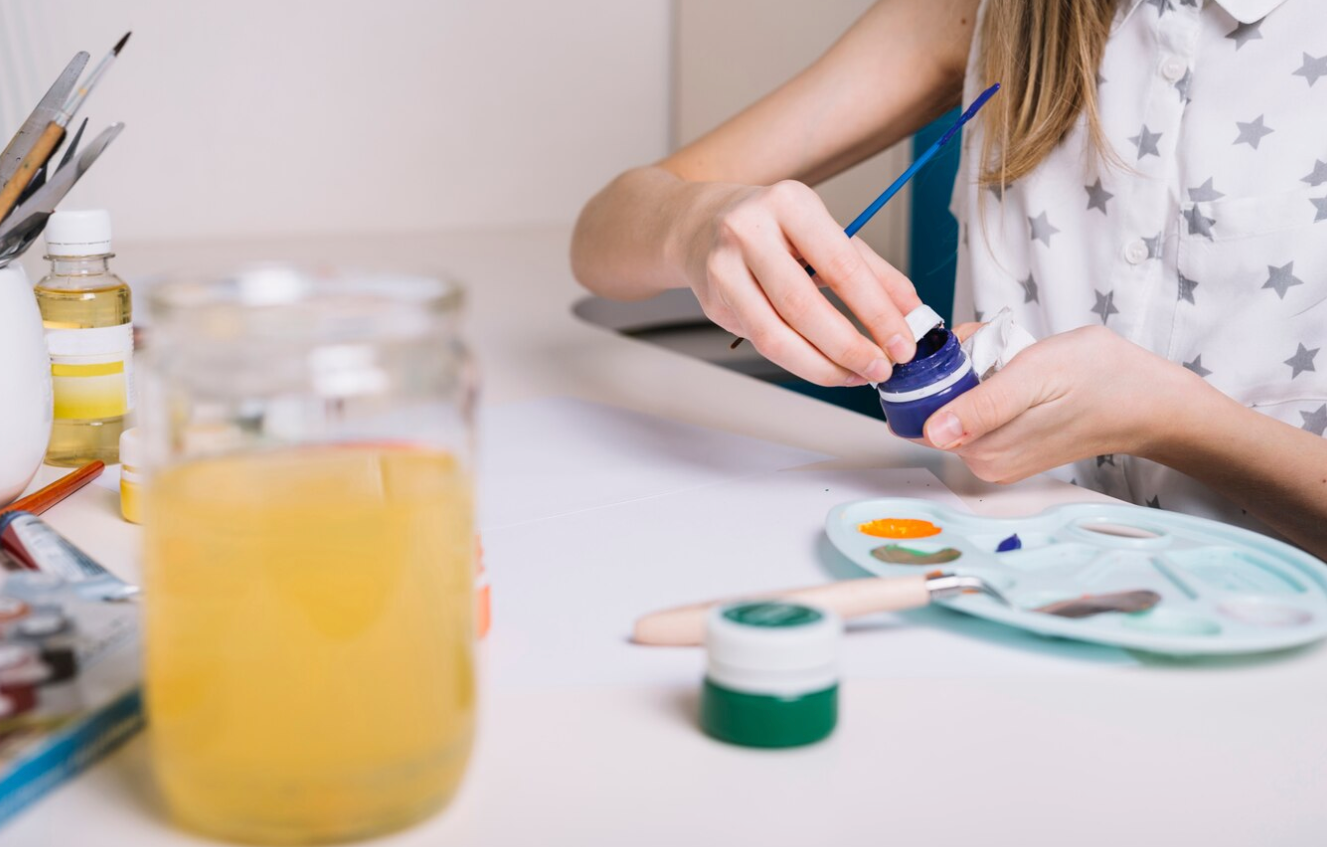




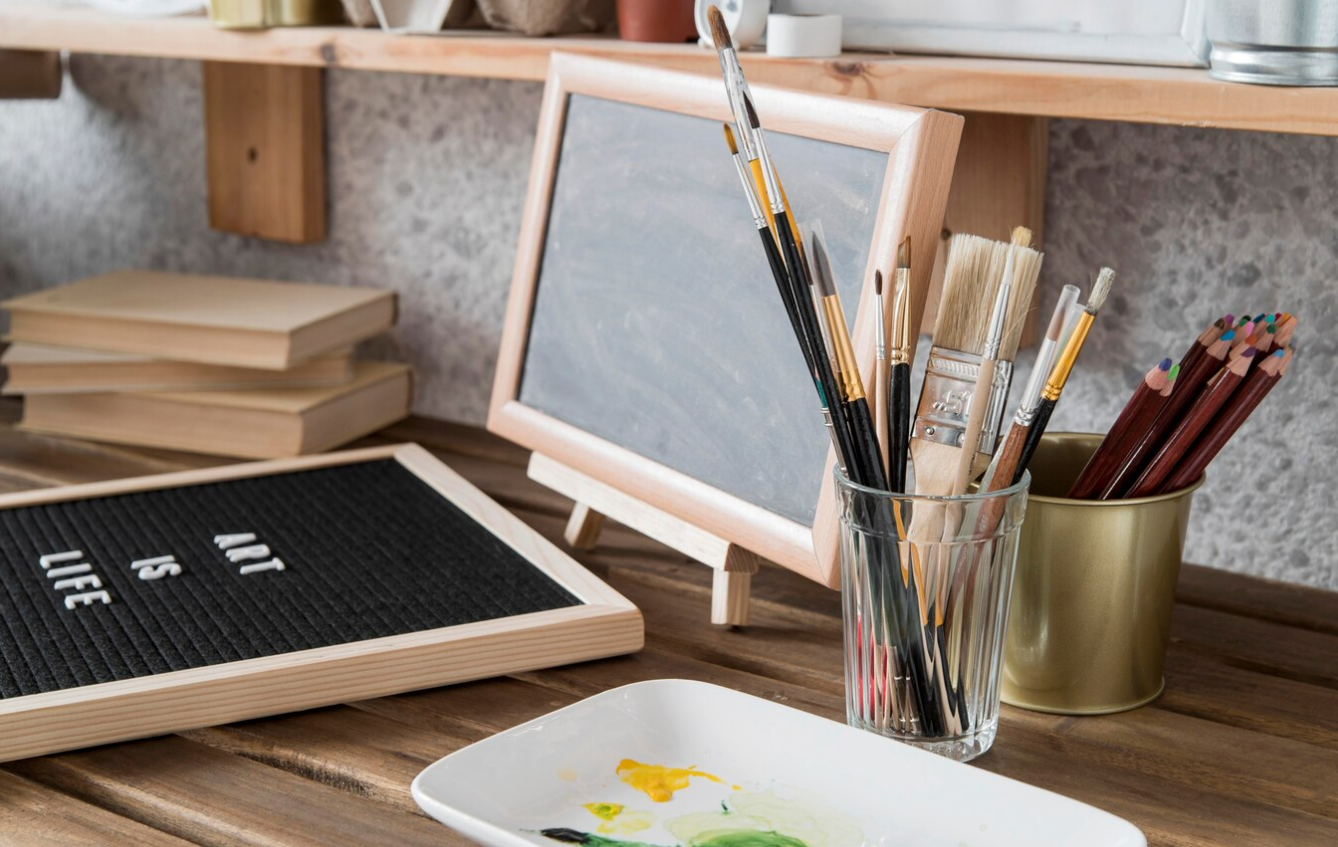
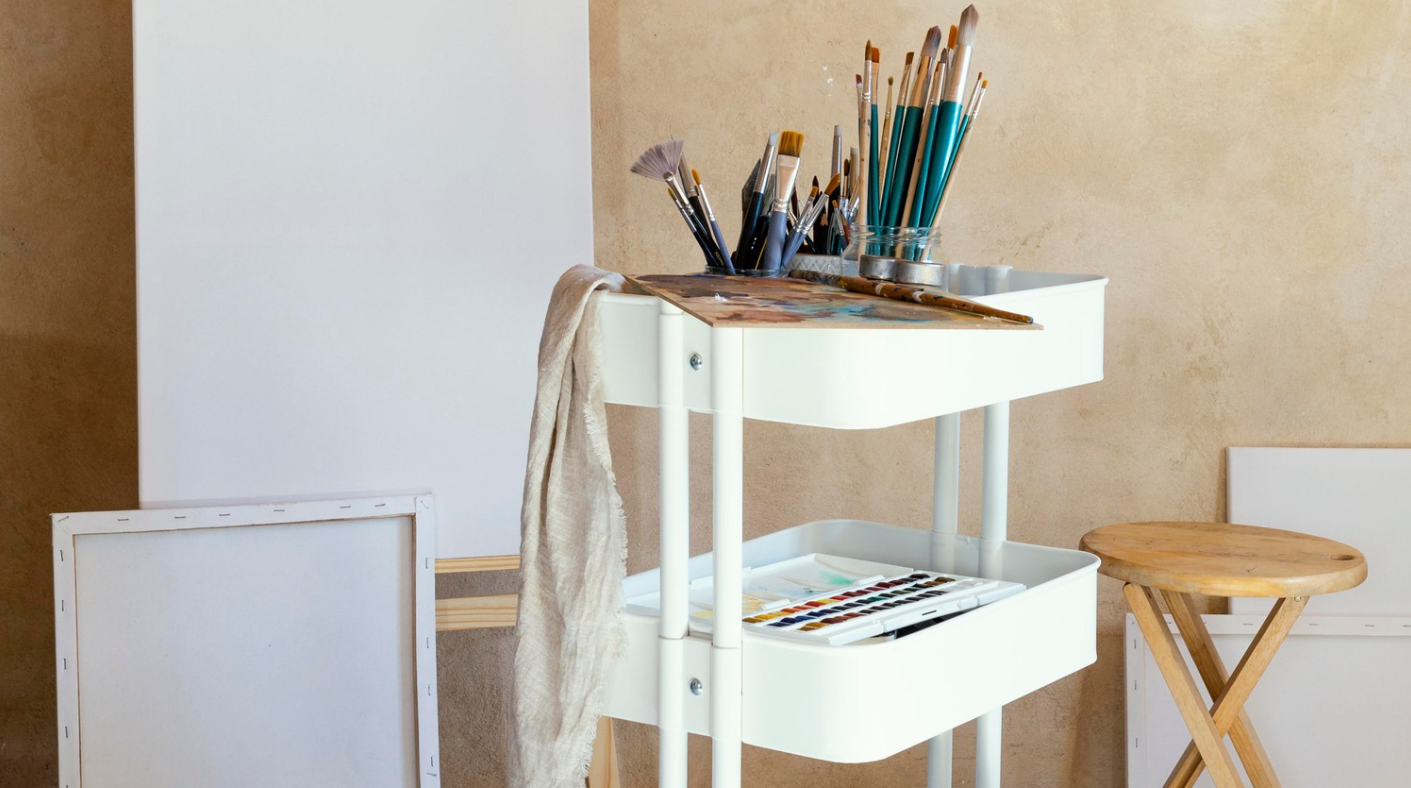
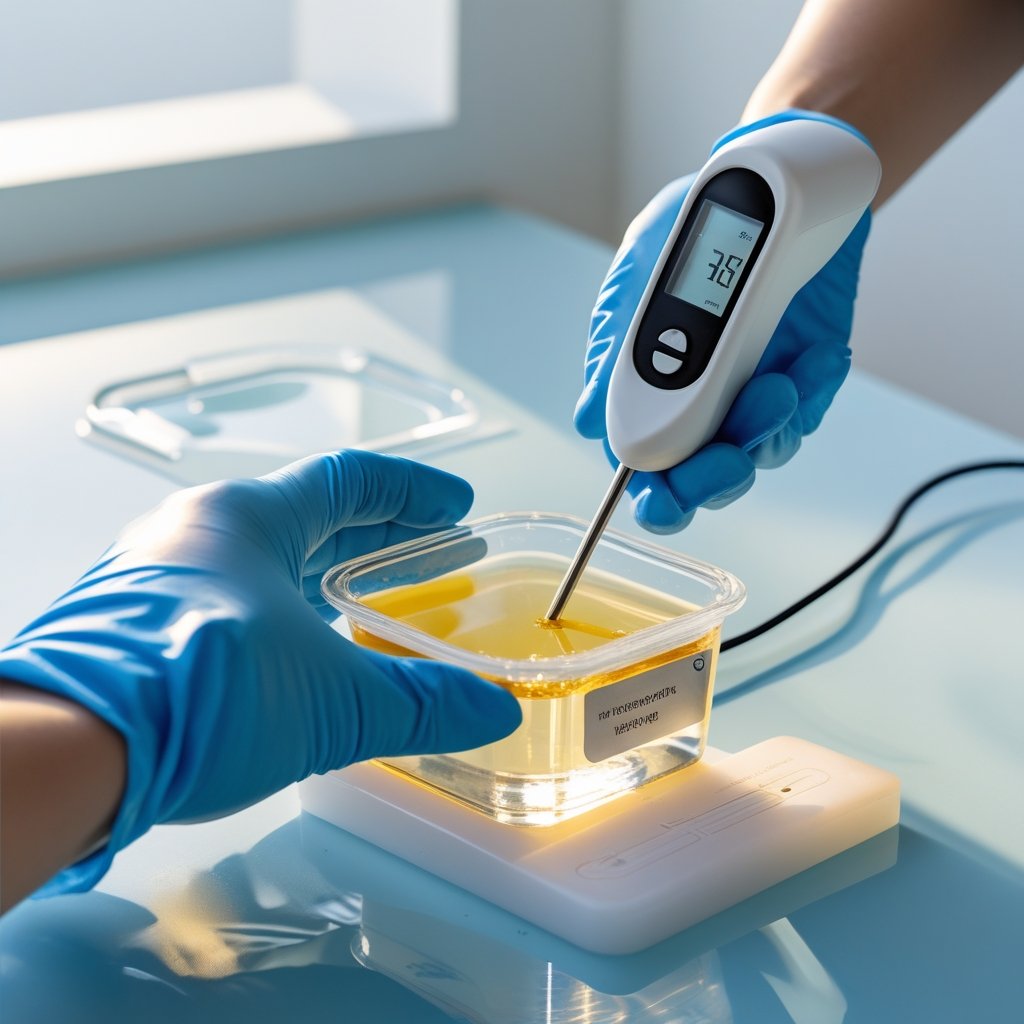
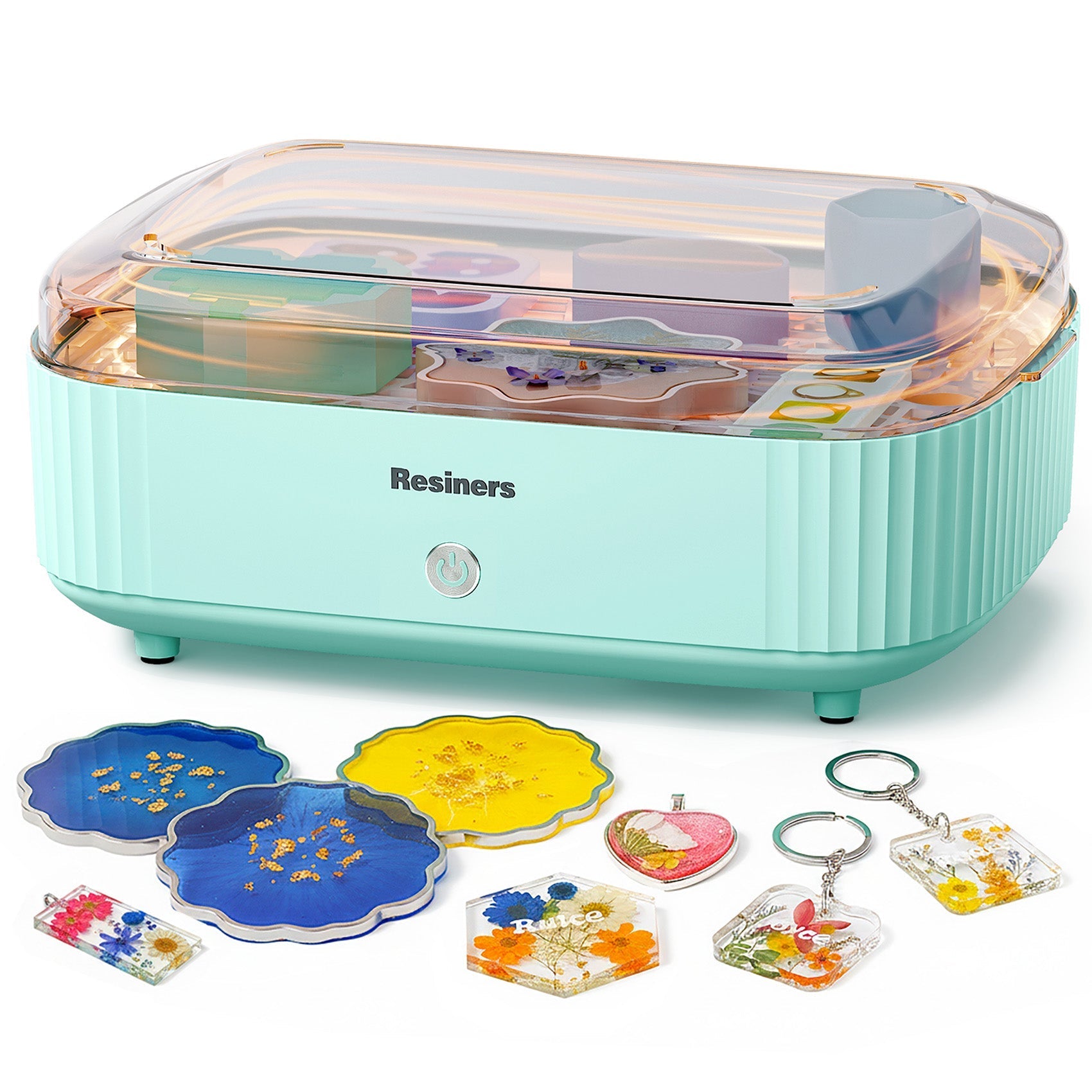
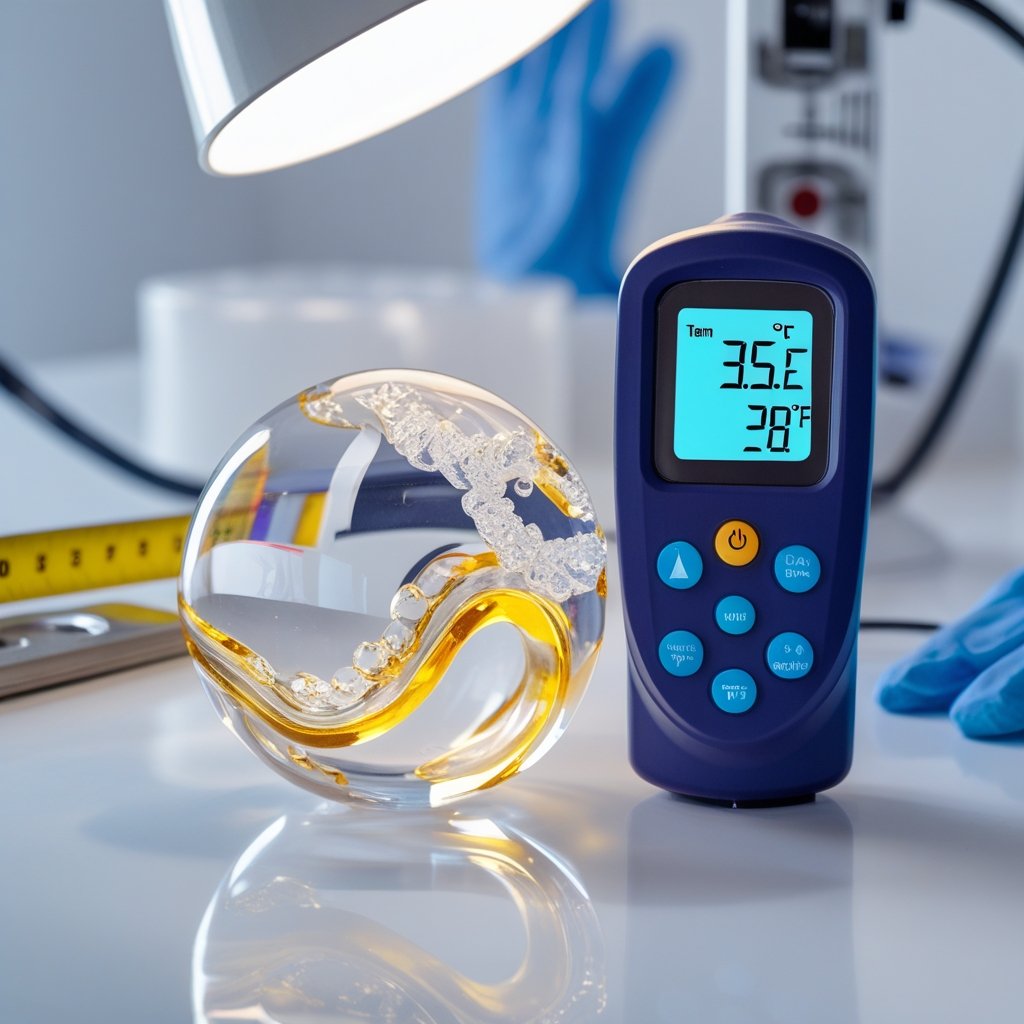

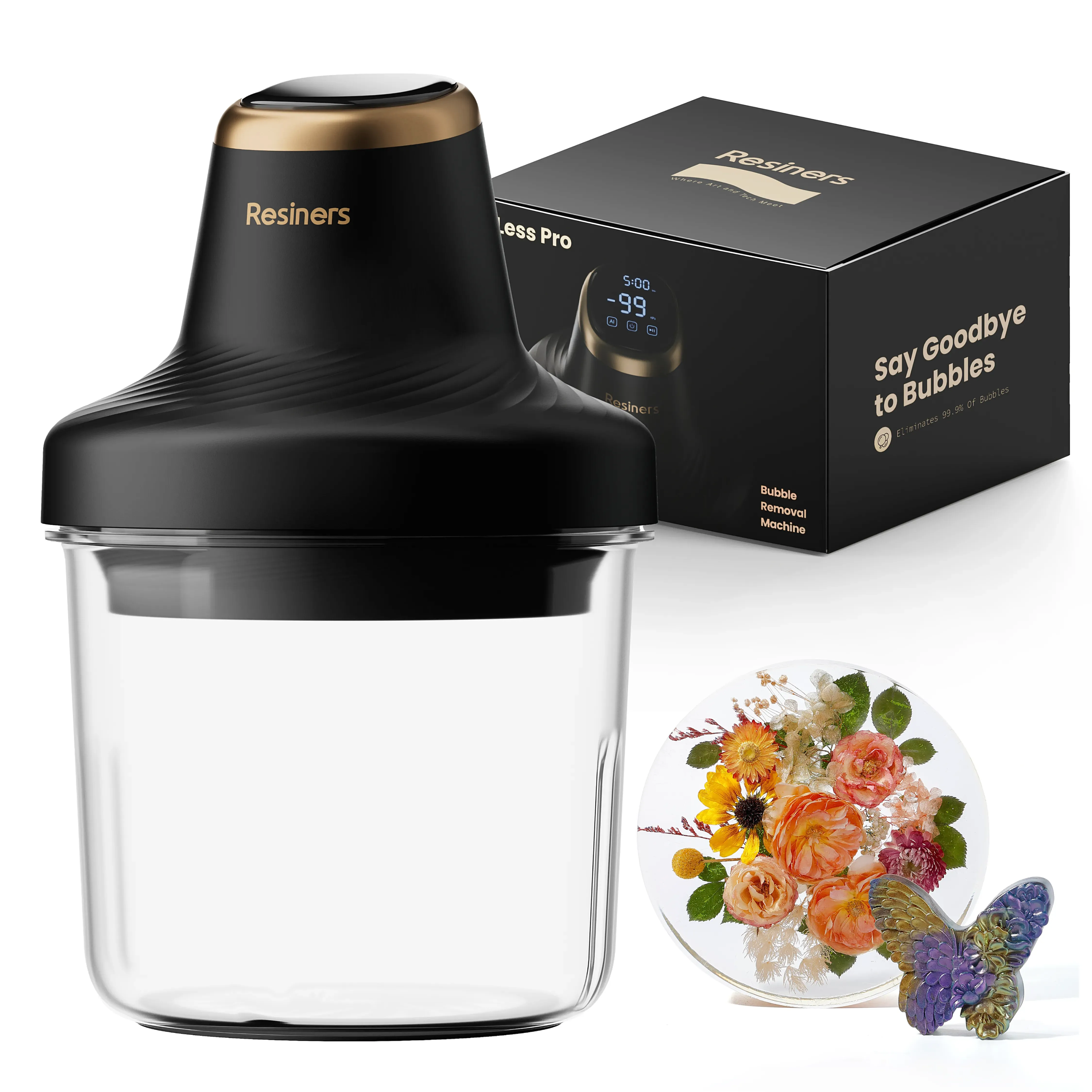
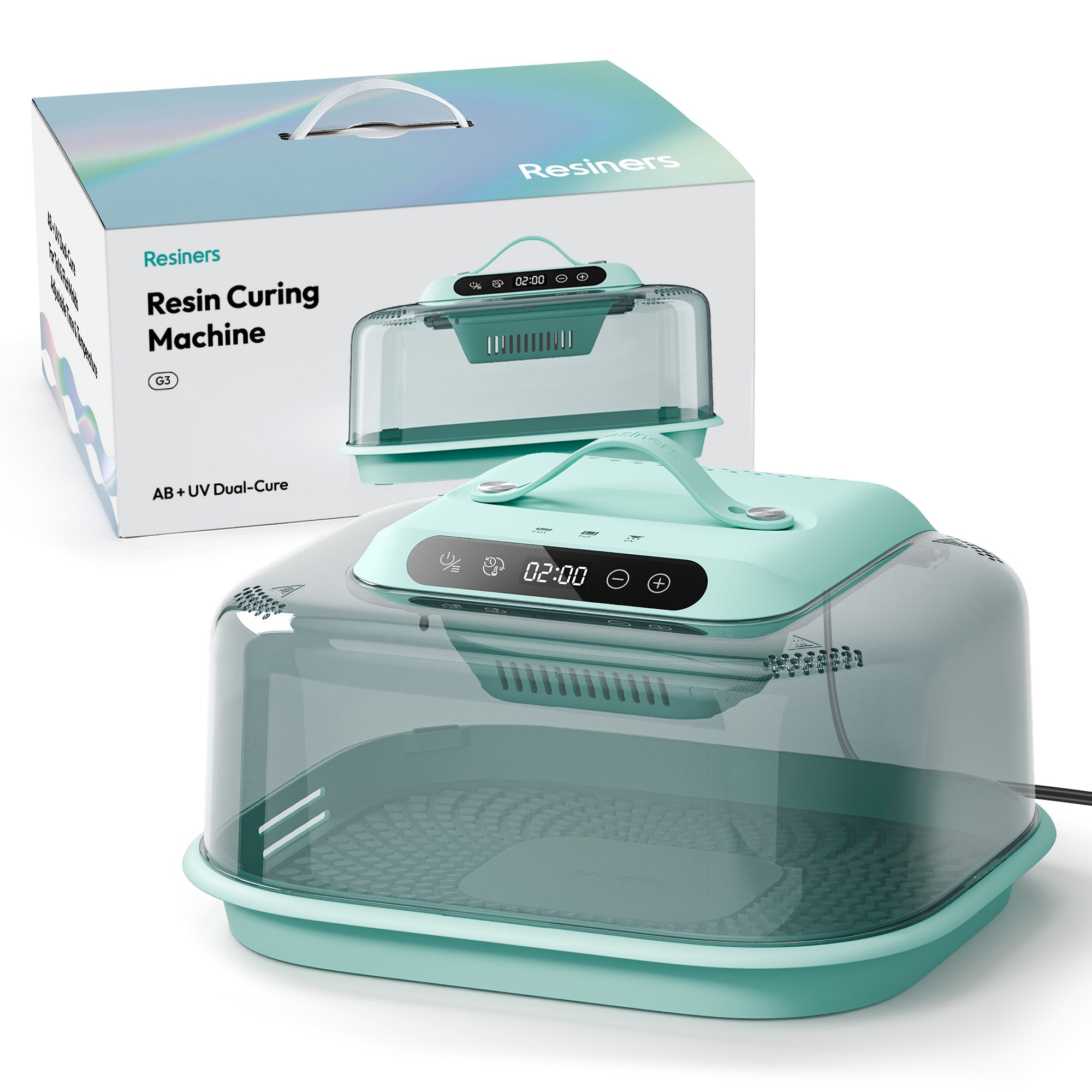

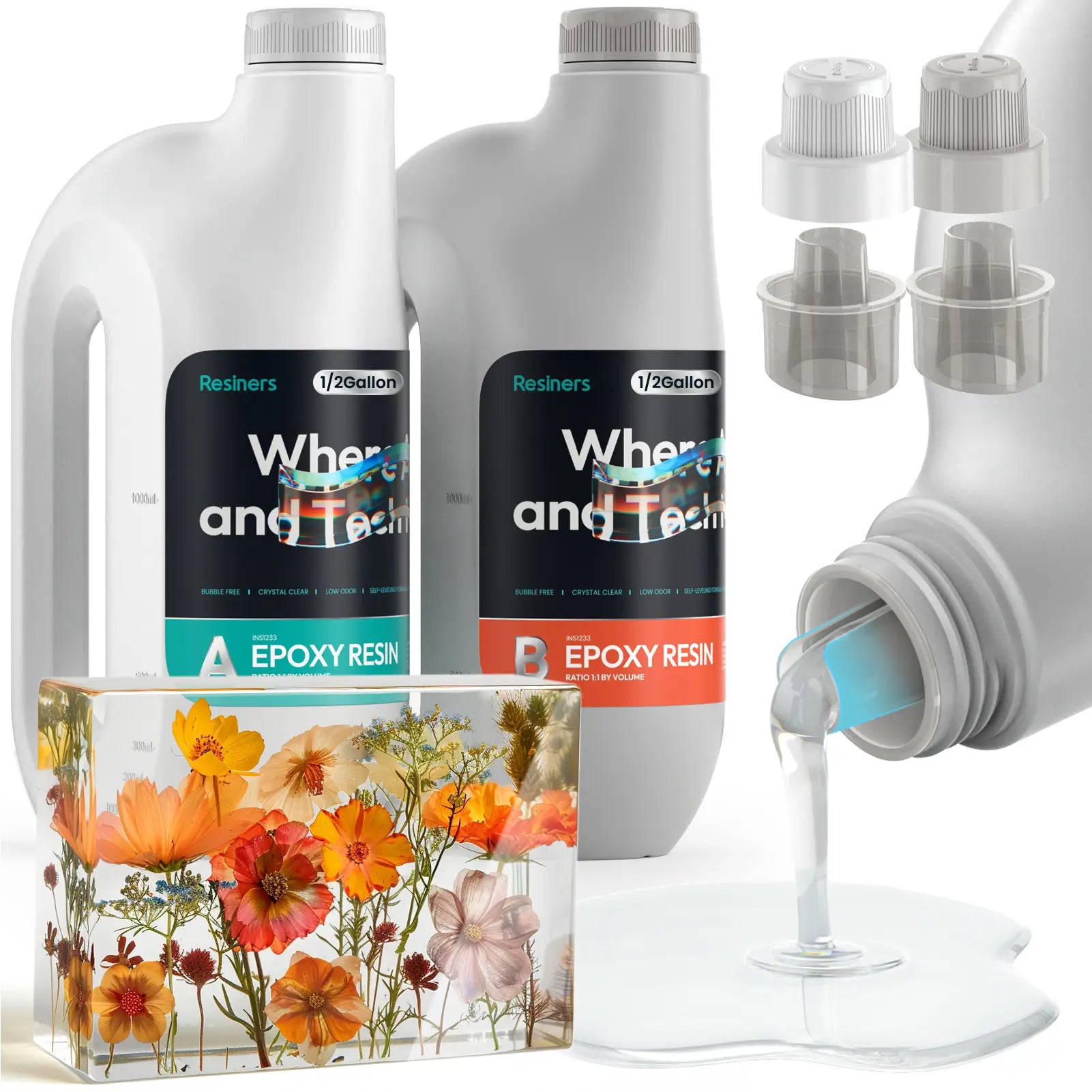
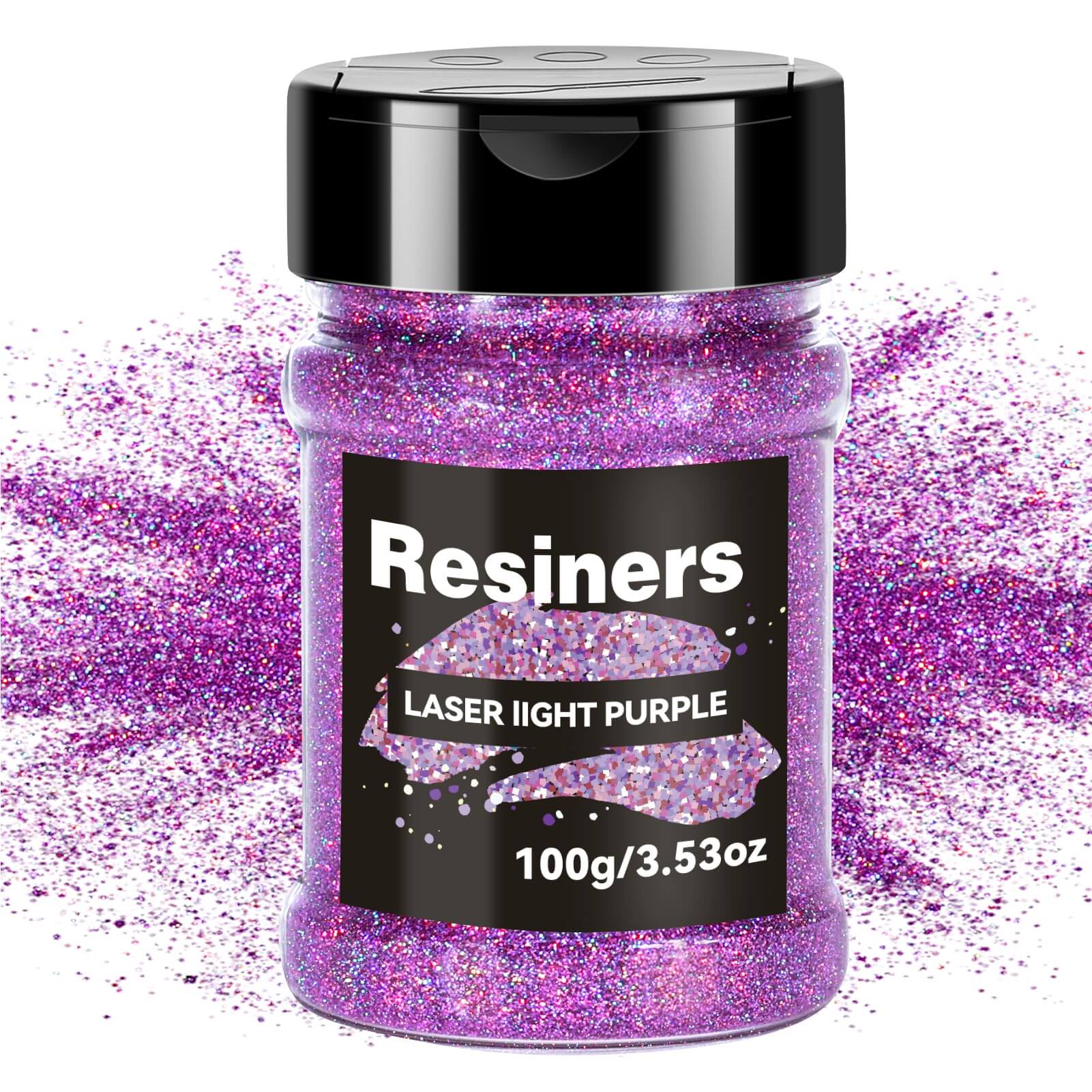
Deixar comentário
Este site é protegido por hCaptcha e a Política de privacidade e os Termos de serviço do hCaptcha se aplicam.